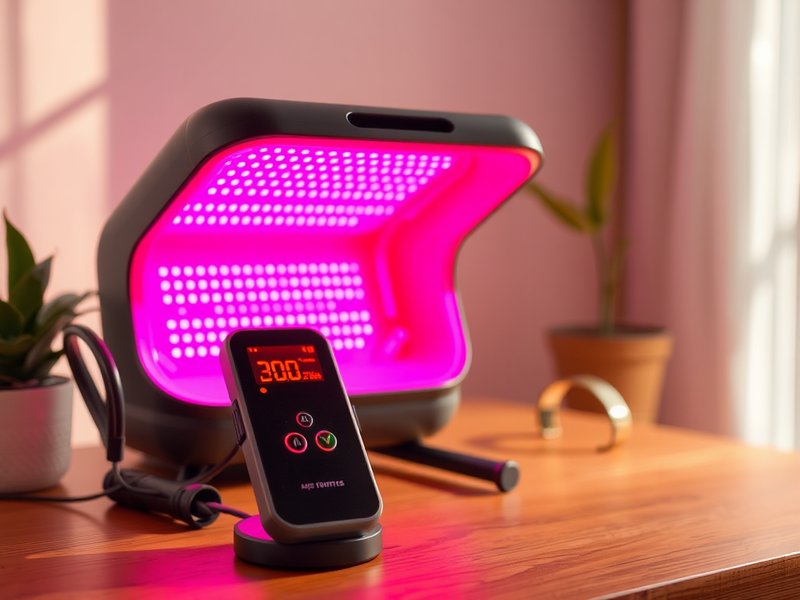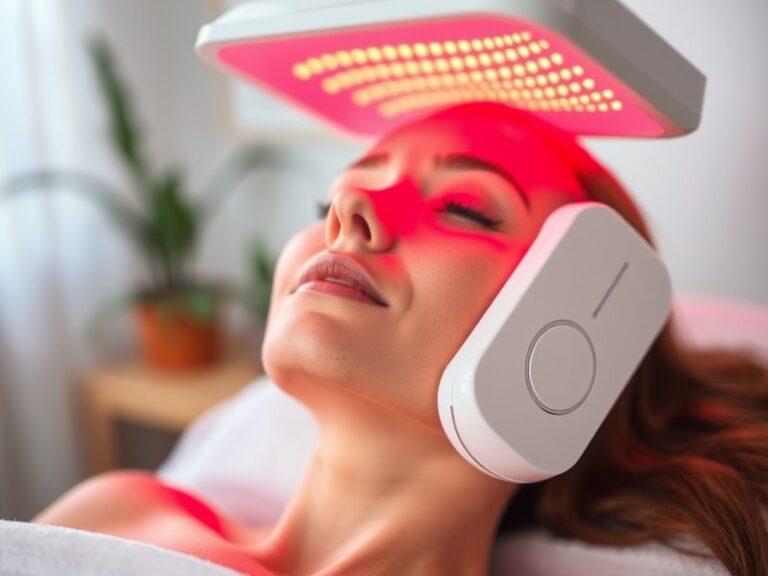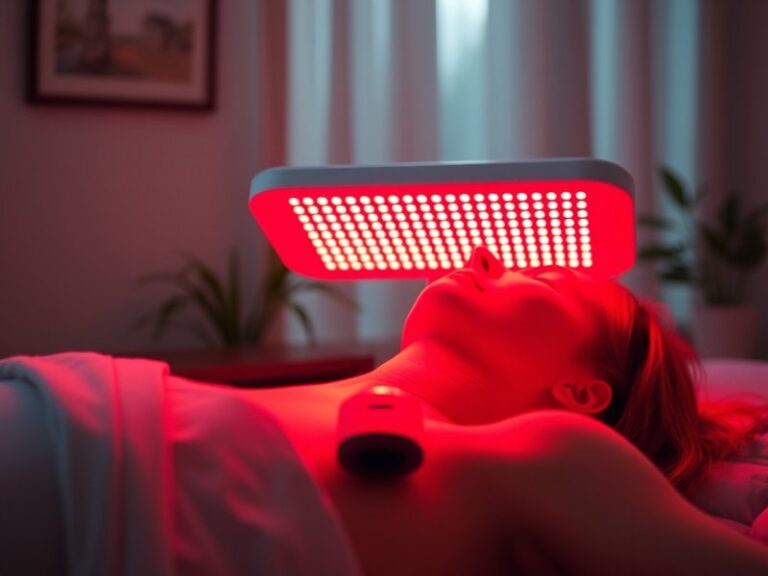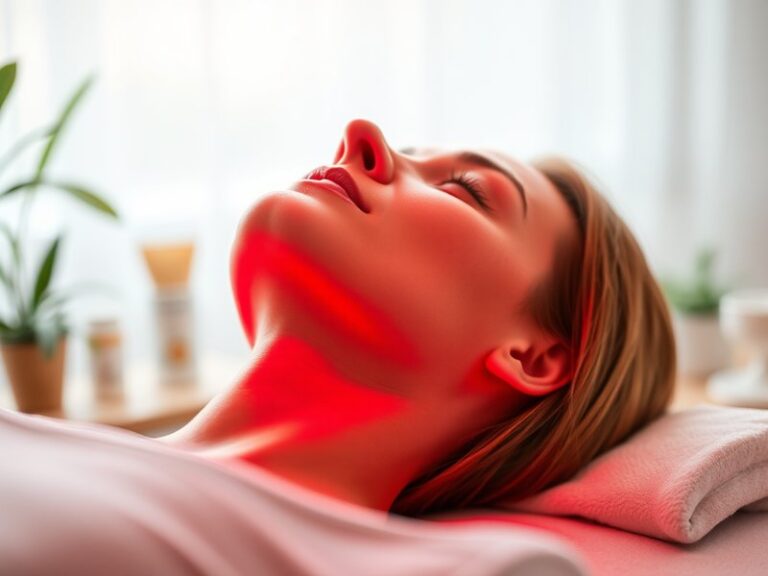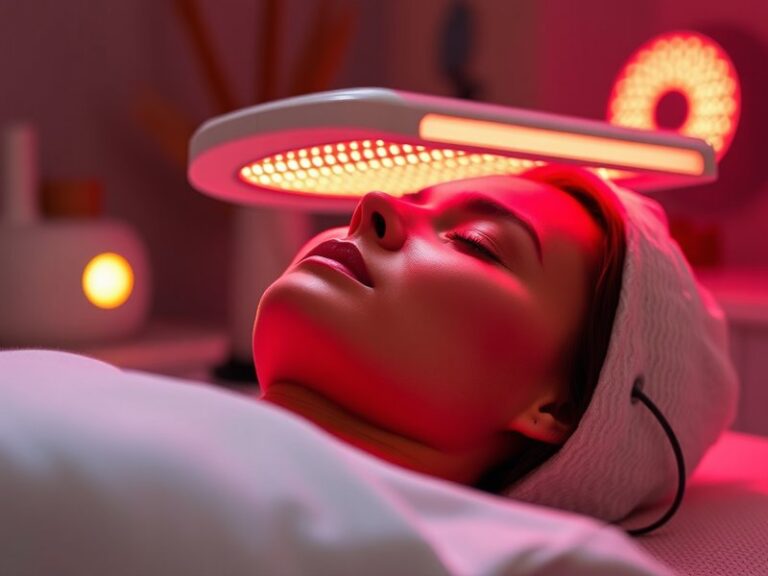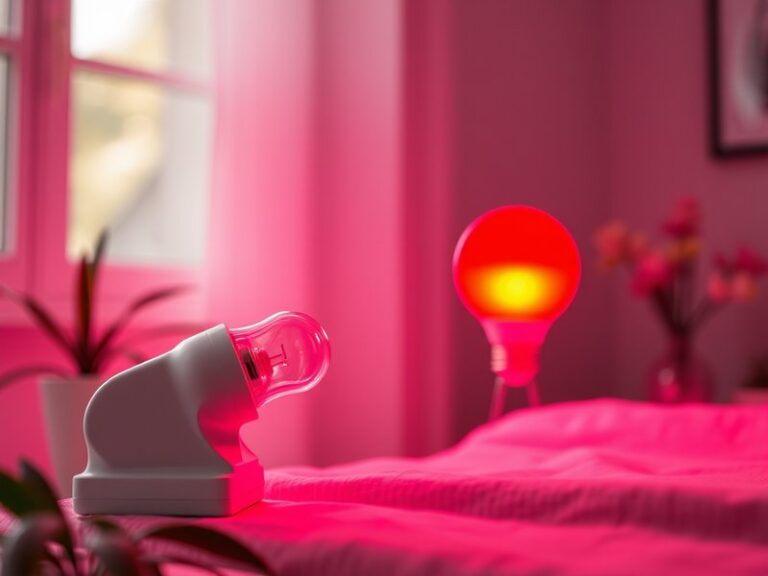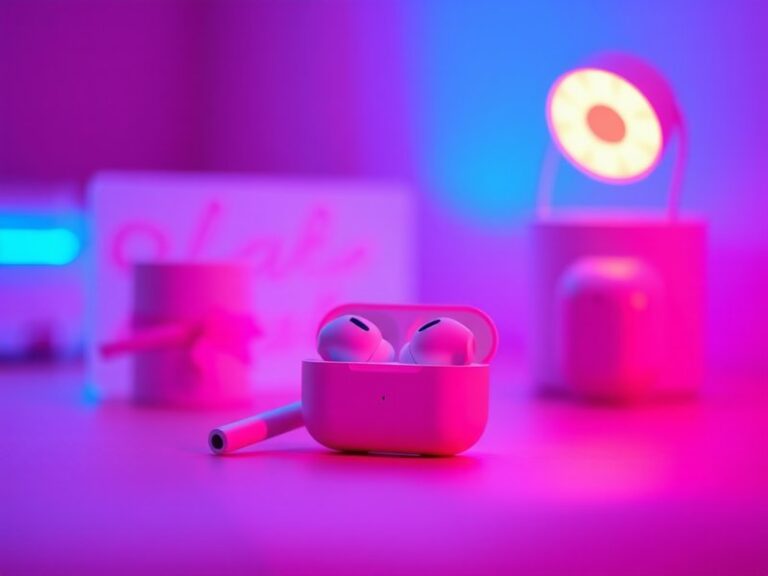Can I Use Red Light Therapy Everyday?
Can I Use Red Light Therapy Everyday?
Can the daily use of red light therapy enhance your well-being, or could it lead to adverse effects?
This article explores the feasibility of using red light therapy on a daily basis, delving into its benefits, potential concerns, and alternatives. By the end, you’ll have a comprehensive understanding that will help you make informed decisions about incorporating this therapy into your routine.
Key Takeaways
- Daily use of red light therapy is generally safe for most individuals but may have varying effects on different skin types.
- The therapy can offer numerous benefits, including improved skin health and muscle recovery.
- Considerations such as skin sensitivity and device specifications are important before incorporating it into your daily routine.
What is Red Light Therapy?
Red light therapy (RLT) is a treatment that utilizes low-level wavelengths of red light to promote various health benefits. It targets the skin at a cellular level, stimulating mitochondria, which are the powerhouse of the cell. By enhancing energy production, RLT can lead to improved skin texture, reduced inflammation, and expedited healing.
This therapy is non-invasive and commonly used in aesthetic practices, as well as in physical therapy settings. Devices range from handheld units to larger panels, making treatment also feasible for home use.
What are the Benefits of Red Light Therapy?
Using red light therapy can offer a range of advantages worth exploring in detail.
Skin Rejuvenation
Red light therapy can significantly improve skin health by promoting collagen production, which can reduce the appearance of wrinkles, fine lines, and age spots. Many users report enhanced skin tone and texture after consistent use.
Muscle Recovery and Pain Relief
Athletes often adopt RLT as part of their recovery regimen. Research indicates that the therapy can help alleviate muscle soreness and improve healing time post-exercise, making it a valuable tool in sports medicine.
Reduction of Inflammation
RLT has demonstrated anti-inflammatory effects, which can benefit those with chronic conditions such as arthritis or inflammatory skin disorders. Users may experience less pain and swelling with regular therapy sessions.
Improved Mood and Sleep Quality
Emerging studies suggest that red light therapy may positively influence mood and sleep patterns, potentially due to its effects on circadian rhythms. For individuals struggling with sleep disturbances, daily therapy could offer a natural alternative to pharmaceuticals.
Is it Possible to Use Red Light Therapy Every Day?
Using red light therapy on a daily basis is indeed feasible, but personalization is key. Some users may benefit from daily sessions, while others may experience optimal results with fewer treatments each week.
What are the Advantages of Daily Use?
Daily use may enhance the cumulative benefits for users aiming for specific health goals:
- Consistent Results: Utilizing therapy daily can help lock in benefits, improving skin health and muscle recovery over time.
- Convenience: Developing a daily routine around red light therapy can make it easier to incorporate other wellness practices, such as skincare or physical activity.
- Mental Wellness: Regular sessions can serve as a designated time for self-care, potentially enhancing mental well-being.
What are the Disadvantages of Daily Use?
Despite its benefits, daily use may not be suitable for everyone:
- Skin Sensitivity: Some individuals may find their skin reacts negatively to daily exposure, leading to irritation or sensitivity.
- Overuse Risks: Without appropriate guidance, there’s a risk of overexposure, which could counteract the benefits intended.
- Cost and Accessibility: Using high-quality devices for daily treatment may represent an ongoing financial commitment for some users.
What are the Things to Consider Before Incorporating Daily Use?
It’s essential to examine your individual circumstances prior to adopting the daily use of red light therapy.
Skin Type and Sensitivity
Understanding your skin type will help determine the frequency of your sessions. For those with sensitive skin, starting with shorter sessions at lower intensities is advisable.
Find out more in Does Insurance Cover Red Light Therapy?
Device Specifications
Not all red light therapy devices are created equal. Ensure that the device you choose emits the appropriate wavelengths (typically in the range of 600-900 nm) for effective treatment.
Health Status
Consulting with a healthcare provider before beginning any new therapy is crucial, particularly for individuals with existing health conditions or those who are pregnant.
What are the Alternatives to Red Light Therapy?
If daily use of red light therapy seems unsuitable or you’re seeking other options, several alternatives offer similar benefits.
LED Light Therapy
Similar to red light therapy but with varied wavelengths, LED light therapy can treat specific skin concerns, such as acne or pigmentation, depending on the color of the light used.
Microdermabrasion
This physical exfoliation technique revitalizes the skin and can enhance texture and tone without the need for light therapy.
Chemical Peels
For those focusing on skin rejuvenation, chemical peels can provide significant improvements in skin appearance and texture, although they involve more downtime compared to red light therapy.
Conclusion: Is it Recommended to Use Red Light Therapy Every Day?
In summary, while many individuals can benefit from daily use of red light therapy, personal considerations like skin type, device quality, and overall health play vital roles in determining its suitability. Moderation and careful attention to reactions can lead to positive outcomes.
Frequently Asked Questions
Can I get sunburned from red light therapy?
No, red light therapy is non-thermal and doesn’t emit UV light, which means it won’t cause sunburn like traditional sunlight exposure.
How long should each red light therapy session last?
Sessions typically last between 10 to 20 minutes, depending on the device and desired outcomes. It’s advisable to follow manufacturer guidelines.
Check this out Advantages of Red Light Therapy
Are there any known side effects?
Most users experience no adverse effects; however, some may encounter mild redness or irritation, especially with improper use. If any discomfort occurs, reduce the frequency or consult a professional.
Can I use red light therapy during pregnancy?
While there’s limited research on the safety of red light therapy during pregnancy, it’s always best to consult a healthcare provider before use.
What types of conditions can red light therapy help with?
Red light therapy shows promise in treating a variety of conditions, including acne, psoriasis, joint pain, and muscle recovery, among others. Always consult a healthcare provider for personal advice.
